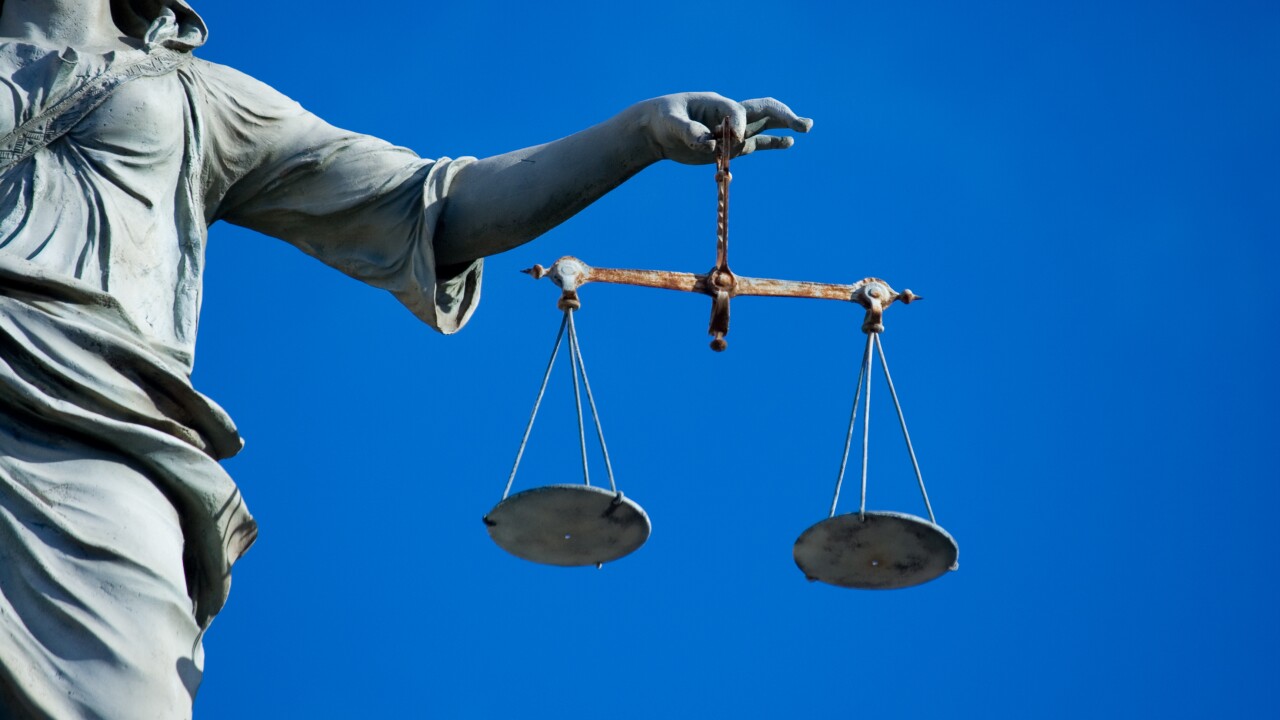State legislatures could see a record number of new faces elected in November.
More than 25% of the 6,278 state legislative seats up for election will see a newcomer. Heated primary battles ousted a surprising number of Republican incumbents, and the recent redistricting, as always, has led to an increased rate of open seats.
State-level races are important for the municipal market as they set the stage for policymaking on key issues like tax, spending and infrastructure that affect state and local credits.
Meanwhile, the fewest number of statewide bond issues will appear on ballots since 2010, according to Ballotpedia.
A full 85% of state legislative seats are up for election this year. Currently, Republicans control 54% of all state legislative seats and Democrats hold 44%. Republicans have a majority in 62 chambers and Democrats in 36.
Newcomers will take over a minimum of 25% of open state legislative seats in November because incumbents won't be returning for one reason or another.
"The turnover rate now is at its highest within the last five election cycles and we don't even have the general elections yet," said Doug Kronaizl, a staff writer at Ballotpedia.

Some of the states facing the highest turnover are battleground regions, such as in Arizona, where 54% of the legislature is going to be new, and Michigan, which will see 47% of its legislature turn over.
California will see 29% of its legislative body turnover, though half of its Senate is not up for re-election this year. Texas will see a 17% turnover and New York 13%. No legislative races will be held in New Jersey, Virginia, Mississippi or Louisiana as their elections are held in odd-numbered years.
Redistricting always shakes up seats by redrawing lines in ways that often force runoffs between two incumbents.
Another trend heading into November is the unexpectedly high number of Republican incumbents who have lost in primaries, Kronaizl said.
Around 6% of Republican incumbents lost in primaries this year — about twice the typical rate, he said.
Just under 3% of Democrat incumbents lost in their primaries, which is about typical.
The number of incumbents who lost to primary challengers is up 44% compared to 2020, Ballotpedia said.
"The defeats in primaries and the conflicts in primaries is, for right now, a big takeaway from this legislative cycle," Kronaizl said.
Pennsylvania illustrates the trend with the recent loss of its two top Republican state budget writers. Long-time House Appropriations Chair Stan Saylor lost in the primary to conservative challenger and political newcomer Wendy Fink, while Sen. Pat Browne, who led the Senate Appropriations Committee, lost to newcomer Jarrett Coleman. Both were targeted in part for their support of outgoing Democrat Gov. Tom Wolf's budgets.
There are currently 23 Republican so-called trifectas, in which one party controls the governorship and both chambers of the legislature. Democrats have 14 trifectas, and 13 states have divided governments.
Ballotpedia has identified 13 vulnerable trifectas in this election, with Democrats defending seven and Republicans defending six. Arizona marks the only vulnerable Republican trifecta, the firm said. Democratic trifectas in Delaware, Colorado, Maine and Nevada are all considered vulnerable.
There are also 36 state governorships on the ballot in November, as well as seats in Guam, the U.S. Virgin Islands and the Northern Mariana Islands. Eight governors are not seeking re-election.
Republicans hold 28 governorships and Democrats 22. There are 20 Republican and 16 Democratic seats up for election in November.
The largest bond issuing states will see key elections. In New York, incumbent Gov. Kathy Hochul and Comptroller Thomas DiNapoli will face challengers. New Yorkers will also be asked to consider a
In California, Gov. Gavin Newsom is vying for what would be his second and final term. The state treasurer and controller offices are also facing elections. There are no statewide bond questions on the ballot this year, though Prop 30 asks whether Californians should pay a 1.75% income tax on personal income above $2 million to fund zero-emission vehicles and wildfire prevention programs.
In Texas, voters will elect seven statewide seats including governor, where Republican incumbent Greg Abbott is running for a third term against Democrat Beto O'Rourke. Republican Comptroller Glenn Hegar is running for his third term.
Besides New York's bond question, only three other statewide bond measures are on the ballot, all in New Mexico. Voters there will be asked to authorize the issuance of $216 million for public schools; $19.2 million for public libraries; and $24.4 million for senior citizen facility improvements.
Alabama has a handful of high-profile fiscal questions on its statewide ballot, including the Local Economic and Industrial Development Bonds and Financing Amendment, which would authorize counties and cities to provide financing for economic and industrial development through the use of public funds, issuing bonds, or lending bonds to a private entity. The state will also ask its voters to allow
Of statewide ballot themes, abortion will see the most questions, a hot-button topic that is expected to boost turnout.
That's followed by cannabis, with Missouri, Maryland, Arkansas and North and South Dakota all considering legalization.





